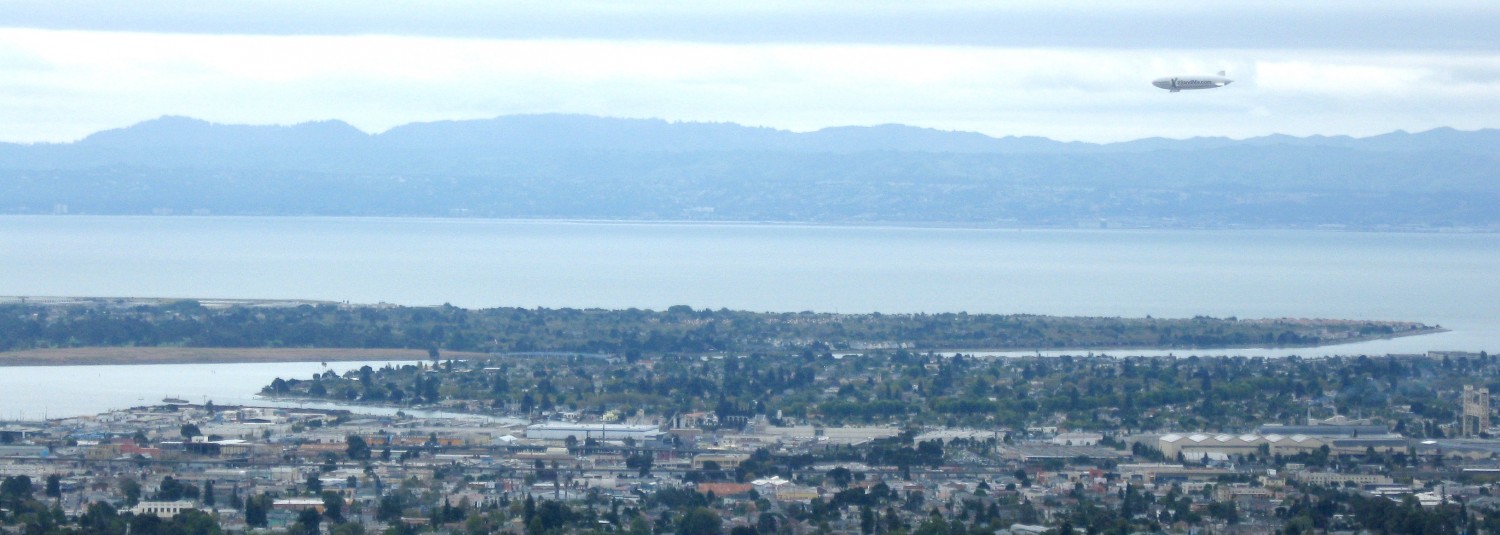Alvin Ailey American Dance Theater
Tuesday, April 8, 2025 7:30 PM
Zellerbach Auditorium UC Berkeley
Program A
Welcome back!
For many years (more than 30 I believe) the Alvin Ailey American Dance Theater has been appearing in Berkeley. In a short pre-performance talk, Jeremy Geffen, Executive of Cal Performances, remembered that the Ailey company had performed in Wheeler Auditorium before Zellerbach was built. He, and Matthew Rushing, (interim artistic director) welcomed the audience and noted the Ailey summer program at Cal (for kids 11-14) is 23 years ongoing.
The audience joyfully anticipated the company’s performance. Many had attended Ailey events in the past. This reviewer is always delighted to see “Revelations,” Ailey’s masterpiece which closes every show. It is a masterpiece, this 1960 work which incorporates many well- known spirituals and brings a joyous end to the current programs.
The company danced two other works: they dance with wonderful technique and focus…but the choreography for those works were less ‘compact,’ less intense…and made less impact to this reviewer.
“Grace” a Bay Area Premiere of a new production by Ronald K. Brown is performed to several well-known songs, e.g. “Come Sunday”, “Rock Shock” and “Shakers” among others. The dancers wear lively white or red costumes, interact with one-another in large and small groups interspersed with solos. They are skillful, wonderful to see and all transmit great pleasure in their dancing. But, for this reviewer, the choreography was a primarily a pleasant group event, a good opening work.
“Al-Andalus Blues”, choreography by Jamar Roberts to music by Roberta Flack and Miles Davis was more dramatic and made more impact. The company is costumed in black with gold trim on the jackets. There is tighter ensemble in the various sections; hand gestures prevail. Men dancers dominate this work; men and women wear similar costumes.
Again, the choreography consists of groups, duets and soloists coming and going on and off stage. It is an energetic and cinematic. I do believe that audiences needs to watch the dance segments repeatedly to ‘get it’. This did not happen for me in “Al-Andalus Blues” although the dancing was great.
The company continues its run at Zellerbach through Sunday April 13. It is always with great joy that audiences welcome the Alvin Ailey company. If only to see “Revelations” over and over and watch superbly accomplished dancers, the Alvin Ailey American Dance Theater is the season’s hit!
The complete information on the dancers and the repertory for this week’s performances can be found on the Alvin Ailey American Dance Theater website.
